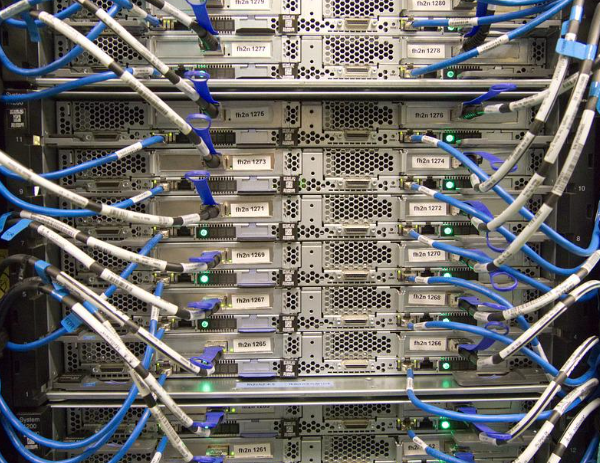How to Optimize Your IT Infrastructure

In today’s digital world, almost every business function on a day-to-day basis relies on some form of IT infrastructure. Whether it is processing or storing client information, paying bills, or providing service to clients, technology has become the backbone of many organizations.
Infrastructural inefficiencies can therefore be a major enemy of company productivity. If IT runs slowly, a team’s efficiency can also be impacted heavily. This article aims to provide an overview of tips to help you maximize your IT infrastructure, ensuring that it never gets in the way of your business.
Get Started With GIGE’s Managed Services By Messaging Us On Live Chat
What is IT Infrastructure?
To begin, the term IT infrastructure will be clarified. This term includes all the various components that make up your organization’s computing hardware. While different organizations’ infrastructures can differ significantly in their design and equipment, there are many core elements that are considered essential. These are:
Networking Equipment: Switches, routers, modems, or access points that make up the network that connects all your equipment together, allowing them to communicating internally and externally through the internet.
Servers: Powerful computers dedicated to shared file storage, managing applications, print services, or email.
Software: The digital applications and programs that your hardware runs on.
Firewalls: The antivirus, spam filters, and security applications designed to protect your information against cyber threats.
Today, many organizations also have cloud infrastructure including services from Google or Amazon.
Ensure Hardware is Up-To-Date
While upgrading your existing hardware carries the upfront cost of purchasing the new equipment, outdate hardware can become one of the most easily exploitable weaknesses for cybersecurity threats.
Consequences of a cybersecurity incident on your organization can be devastating, data breaches can result in financial, legal, and reputational damage to your company’s name, far exceeding the costs of upgrading your hardware prior to an attack.
Furthermore, ageing hardware can also be a major cause of slowdowns and crashes, risking productivity stoppages and lost data.
Employ Cloud Computing
Cloud computing is quickly becoming one of the most popular IT infrastructural evolutions for many organizations. Since it reduces the amount of hardware that you need to maintain on an onsite capacity, migrating to the cloud can be a great way of offloading costs while still maintaining your current infrastructural needs. In addition, cloud infrastructure from reputable vendors such as Google or Microsoft come built-in with state-of-the-art security features, ensuring that your data is always kept safe from attack.
Thorough Data Backups
Data loss and corruption can be a major issue for many organizations that handle sensitive customer information.
Years worth of data can be potentially lost should a disaster occur, resulting in clients losing trust for your brand. Data loss also does not have to occur due to malicious attacks. Power outages, formatting errors, or accidental deletion can also cause information to be destroyed forever.
Employing backups, whether onsite on local drives or offsite on cloud servers, can be an effective way of protecting your information from loss. If the original copies are ever destroyed, your team can simply pull the backups from the redundant source and resume work immediately.
Don’t let your IT infrastructure get in the way of your organization’s productivity. GIGE Corporation has over 30 years of experience managing the IT of Canadian businesses. Call us at +1 888 366 4443 or email info@gige.ca to get started with us today.

